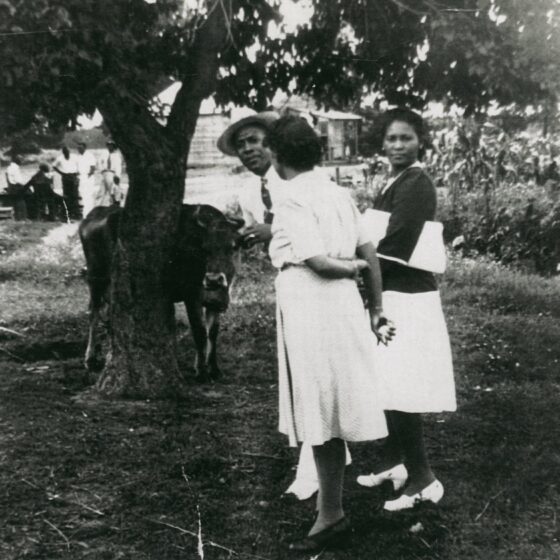How to Make Storytelling Cubes
Invent your own stories! In this Pop-Up Studio, Julia Hood shares an approach to story creation that uses DIY storytelling cubes to prompt an unpredictable, and fun narrative.
Materials needed
→ A printer and paper (white cardstock is best, but you can use other printer paper)
→ Story cube templates with instructions and inspiration (below)
→ Scissors
→ Glue stick, a small amount of liquid glue, or double-sided tape
Optional: Colored pencils, crayons, or markers
To start thinking about telling stories, look closely at Eastman Johnson’s 1861-66 painting The Storyteller of the Camp in Reynolda’s collection. For questions to consider as you look, as well as other storytelling activity ideas, see this Explore Reynolda Storytelling activity card.
Reynolda revealed video series
See all videosFrom the 1910s to the late 1950s, the segregated community of Five Row was home to Reynolda’s African American farm workers and their families.
A new type of Southern woman, Katharine Reynolds combined the traditional role of wife and mother with progressive practices on healthy living, education, and agricultural reform.

